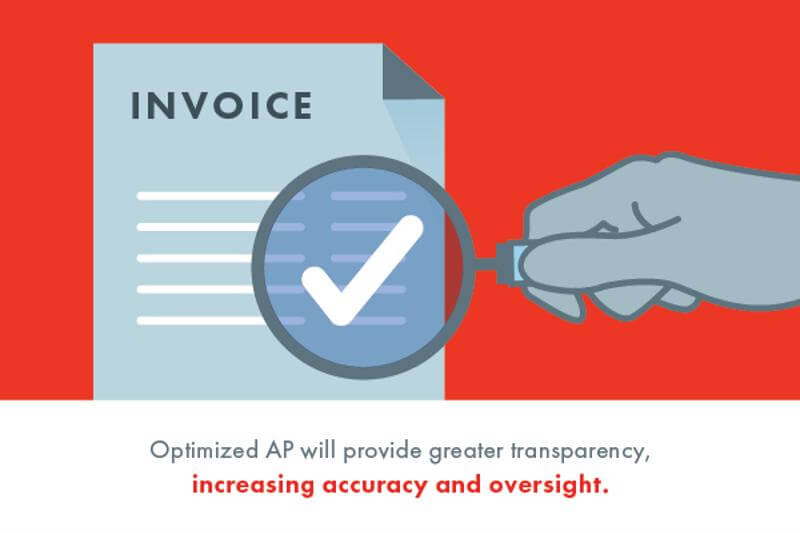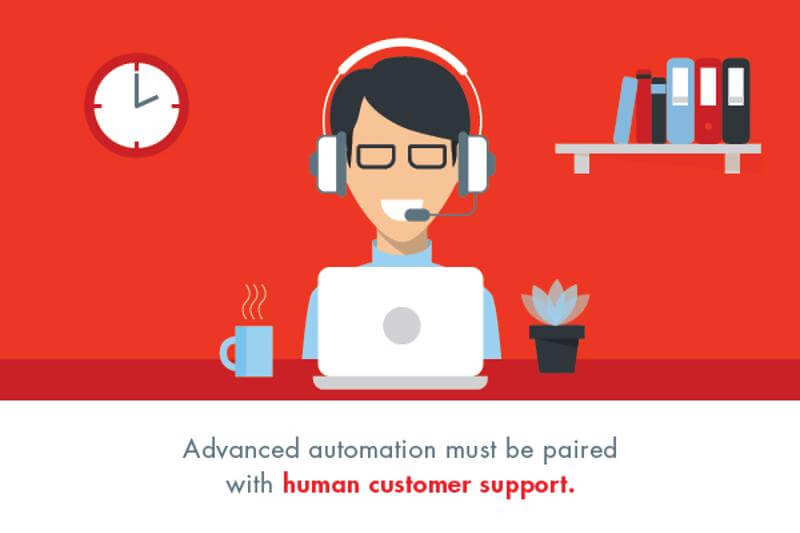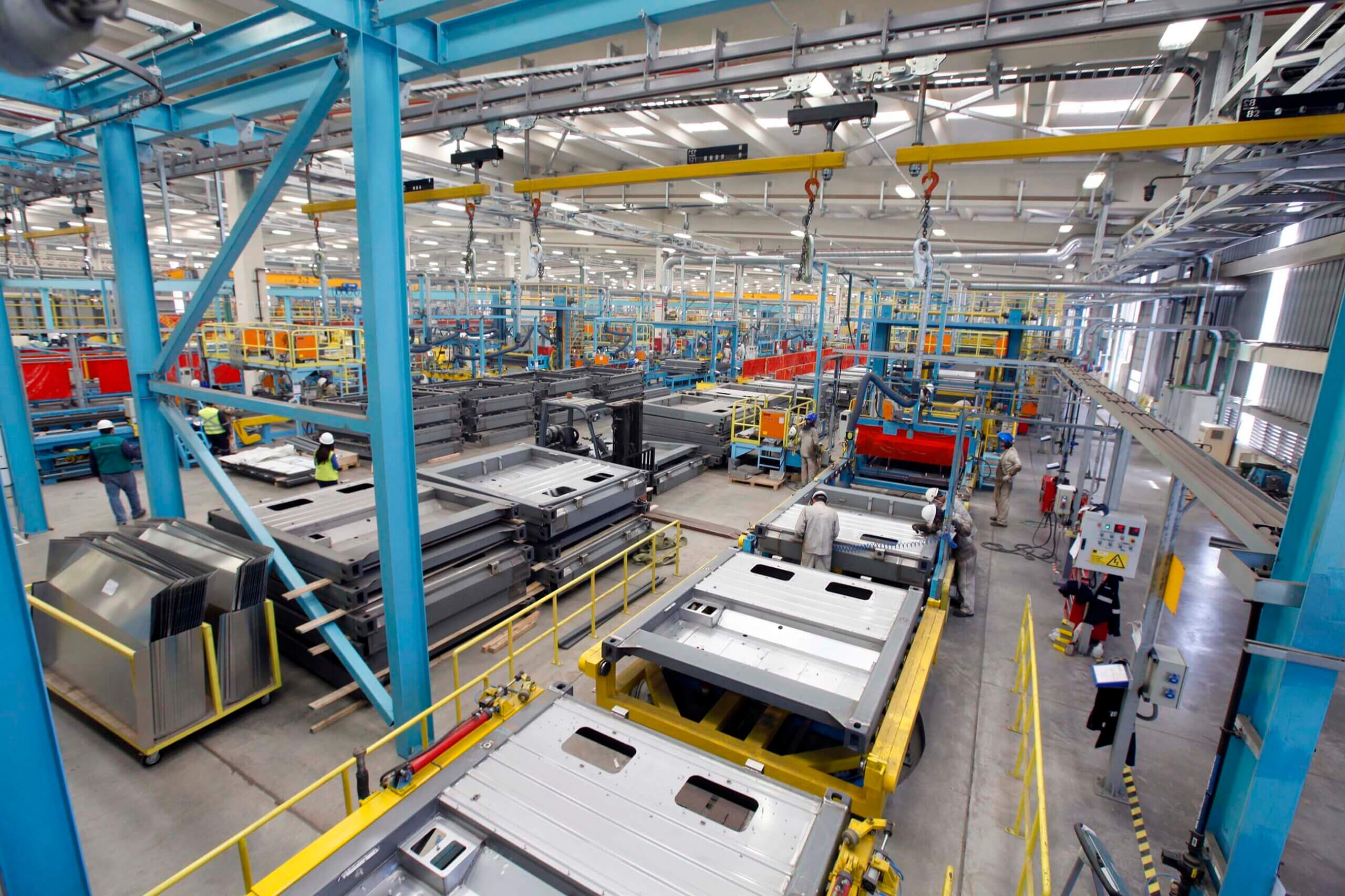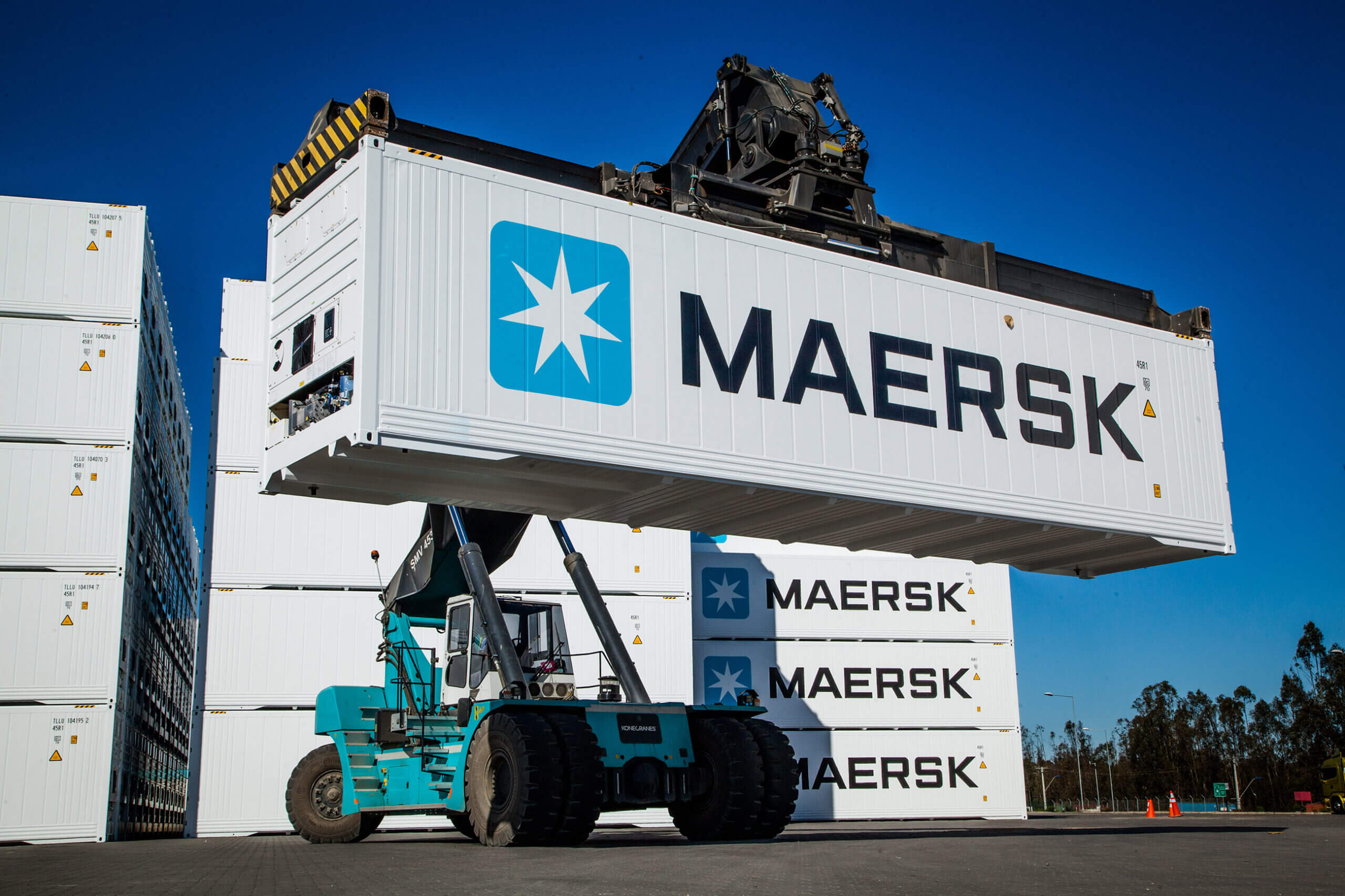More often than not, accounts payable falls near the bottom of the list when it comes to business priorities. This department is typically overlooked – until something goes wrong.
In today’s enterprise landscape, however, decision-makers at large and even small organizations should take a closer look at their AP processes. Certain AP activities and legacy strategies could hold the business back, and now is the perfect opportunity to optimize.
AP: What’s the problem?
Because accounts payable activities impact internal operations as well as external partner and vendor relationships, any hang-ups or recurring challenges here could present a bigger problem than many company leaders realize.
As Deloitte pointed out, there are several common risks that come up in accounts payable:
- Extending payment cycles past the preferred period: Some organizations adopt this approach to help maximize free cash flow, but it can considerably hamper trust and relationships with vendors while causing the business to miss out on early payment discounts.
- Inability to accurately confirm deliveries against contractual obligations: This can lead to problems in resource management and heavily impact supplier relationships.
- Lack of process to prevent payment issues: Late, missed or duplicate payments can quickly become an accountant’s biggest headache. The ability to support scheduled, accurate payments is critical.
- Use of manual processes: Time-consuming, paper-based processes are still in place within many businesses, and can contribute to long approval times, inaccurate data entry and payment issues.
 Automating accounts payable provides necessary transparency.
Automating accounts payable provides necessary transparency.Optimizing AP: Digitize paperwork and eliminate manual
One of the first and best steps a company can take to improve its accounts payable department is adopting an automated solution that reduces or completely does away with paper-based manual processes and instead leverages a digital system.
This doesn’t just provide additional, valuable time for employees who no longer have to carry out manual data entry and other related processes – automating accounts payable also significantly reduces the chances for inaccuracies and helps shorten the approval process. Suppliers, vendors and partners receive the correct payment right on schedule, every time.
Supporting visibility
AP automation should also be coupled with robust visibility for both the internal AP team and those receiving payment. Utilizing an accessible and secure online portal is a major advantage.
“Making this data available to a number of individuals in an organization can help ensure that the accounts payable department has proper oversight, and it can help speed up the time it takes to approve invoices,” The Balance contributor Dennis Najjar wrote. “Letting suppliers access the portal enables these businesses to submit invoices and track payments as well as be made aware of any issues with supplies received or invoicing issues.”
Preventing errors and fraud
Automating AP and boosting visibility for management can also benefit efforts to eliminate fraud and mistakes that can impact payment and resources.
“Automation tools and engagement management can monitor your company’s accounts payable closely for fraud,” Due contributor William Lipovsky wrote. “They can also catch accounting errors as well.”
Optimizing AP with automation should be a top priority for today’s businesses, offering substantial value for internal staff and external partnerships.

 Digital and mobile payments are on the rise.
Digital and mobile payments are on the rise.

 Manual accounts payable processes create security risks.
Manual accounts payable processes create security risks. Automation should be paired with human interactions for the best possible customer service.
Automation should be paired with human interactions for the best possible customer service.





